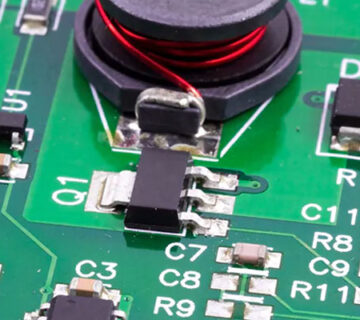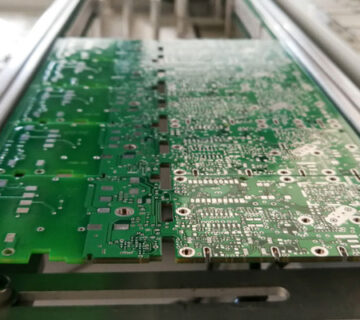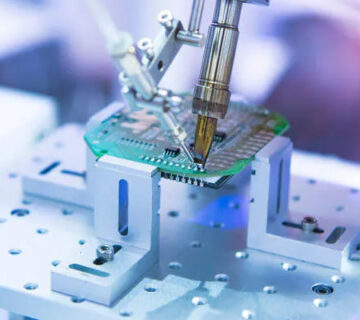Copper is the main conductive material used in PCBs, due to its excellent conductivity and physical performance. But, despite these advantages, copper also tends to oxidize when exposed to air, causing a solid thin oxide layer to be formed on its surface, which affects the solder joints, reducing the shelf life and reliability of the product. The copper thus needs to be prevented against oxidization, which can be achieved by having a good surface coating. There are a number of surface coatings that have rapidly been developed with numerous classifications generated. So, how do you select a proper type of surface coating?
What is surface coating?
70% of defects on PCBs occur due to incomplete solder joints, which are formed due to the oxidization on the surface. A surface coating prevents this and eases any possibilities of defects. However, the surface coating to be applied should be compatible with the following requirements –
- Heat resistance – This refers to the performance of melting point and thermal decomposition temperature; the melting point of which should be close to or lower than that of tin, and the thermal decomposition temperature of which should be higher than the melting point and soldering temperature of the solder.
- Coverability – The entire surface of the PCB should be thoroughly covered to make sure that the melting solder can be completely soldered onto the pad. The surface tension of the melting surface coating should thus be small, and the decomposition temperature high so that high coverability can be guaranteed.
- Anti-corrosion – This refers to the corrosion caused by residual solder to circuit board surface after soldering, such as PCB substrate material or metallic layer.
- Zero residue – This refers to the residue left on the surface of the pad or solder joints after the implementation of soldering, which is generally hazardous, and thus should be eliminated through cleaning measures taken up after soldering.
Classification of surface coating
Surface coating can be classified into different categories depending upon the manufacturing technology, and application effect.
- Based on manufacturing technology, the PCB surface finish can be classified into surface and metal coating, where surface coating meaning to add a thin coating of heat resistant and solderable material like HASL or OSP physically onto the copper surface, and metal coating meaning to add an ENIG, ENEPIG, or immersion gold coating onto the surface through electroplating or electroless plating.
- Based on the application effect, the PCB surface finish can be classified into soldering flux soldered on the coating on the isolating layer, and soldering flux soldered on the isolating layer of the metal coating. Soldering flux soldered on the coating on the isolating layer is when the melting solder will drift on the surface of the solder after leaving copper during high-temperature soldering. Soldering flux soldered on the isolating layer of the metal coating is when there is no direct contact with the copper surface, thus eliminating IMC and diffusion between metals.
Which surface coating is the best?
The surface coating plays a huge role in determining the solderability, reliability, and shelf life of the PCB. You must thus choose the most appropriate surface coating for your PCB, depending upon your PCB application.
- When you are looking for PCBs to be used in electronic products, the surface coating should be one whose soldering flux is soldered without isolating layer, such as HASL, OSP etc.
- When you are looking for high reliability and long shelf life for products to be used in the medical, military, and aerospace industries, the surface coating should be one whose soldering flux is soldered on the isolating layer, such as ENIG and ENEPIG.
So now, you should be in a better position to choose your surface coated PCBs. If not, you may get in touch with professionals like Miracle Electronics, who can design a PCB assembly from India, specific to your individual requirements so that you can reap the best outcomes.




